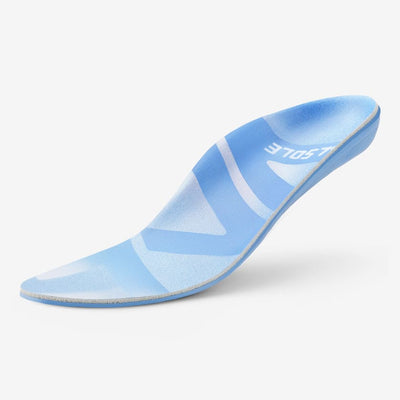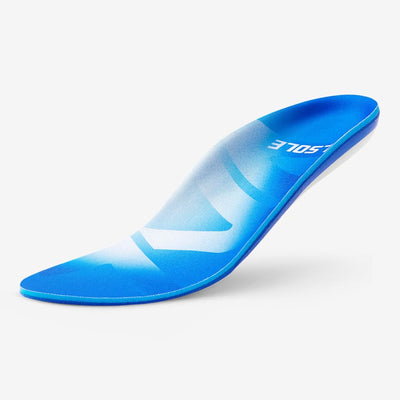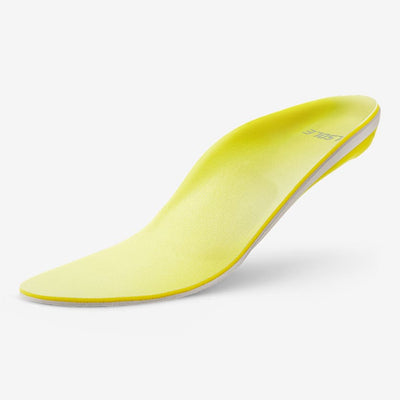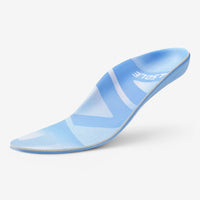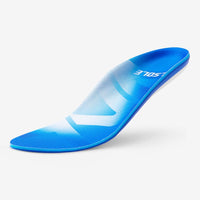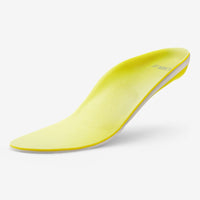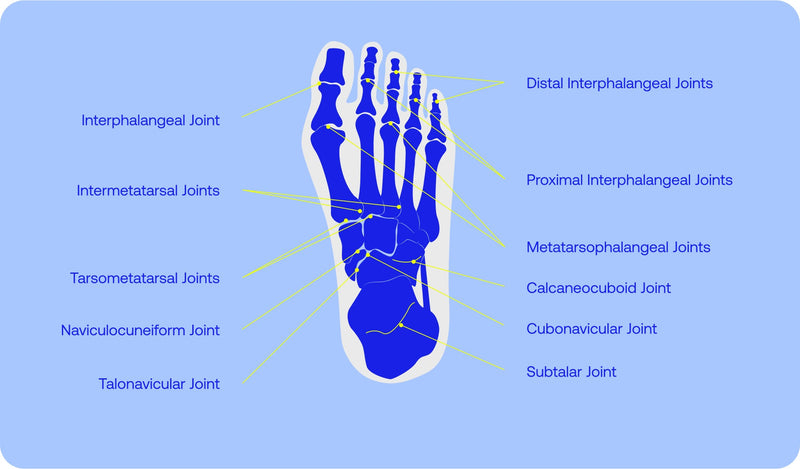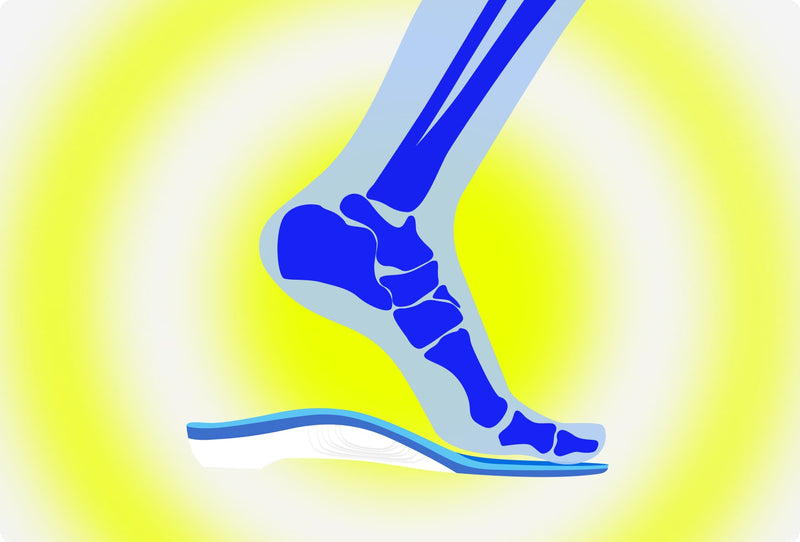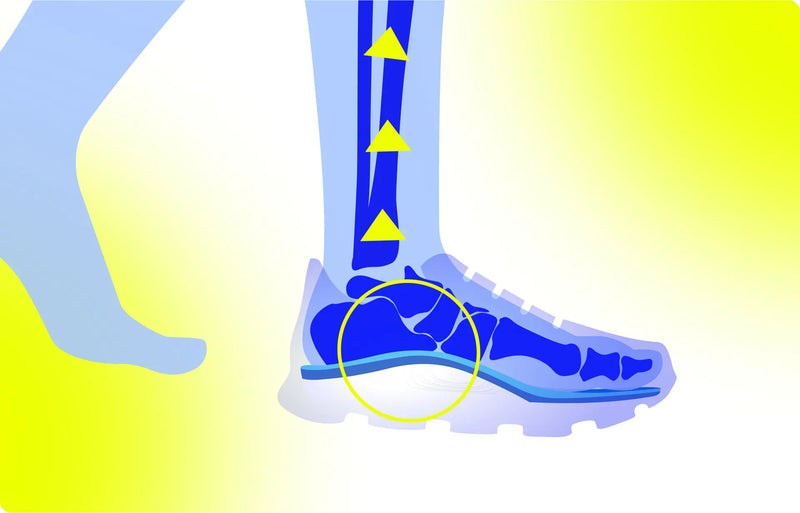Understanding Foot Reflexology: Benefits, Technique and its Impact
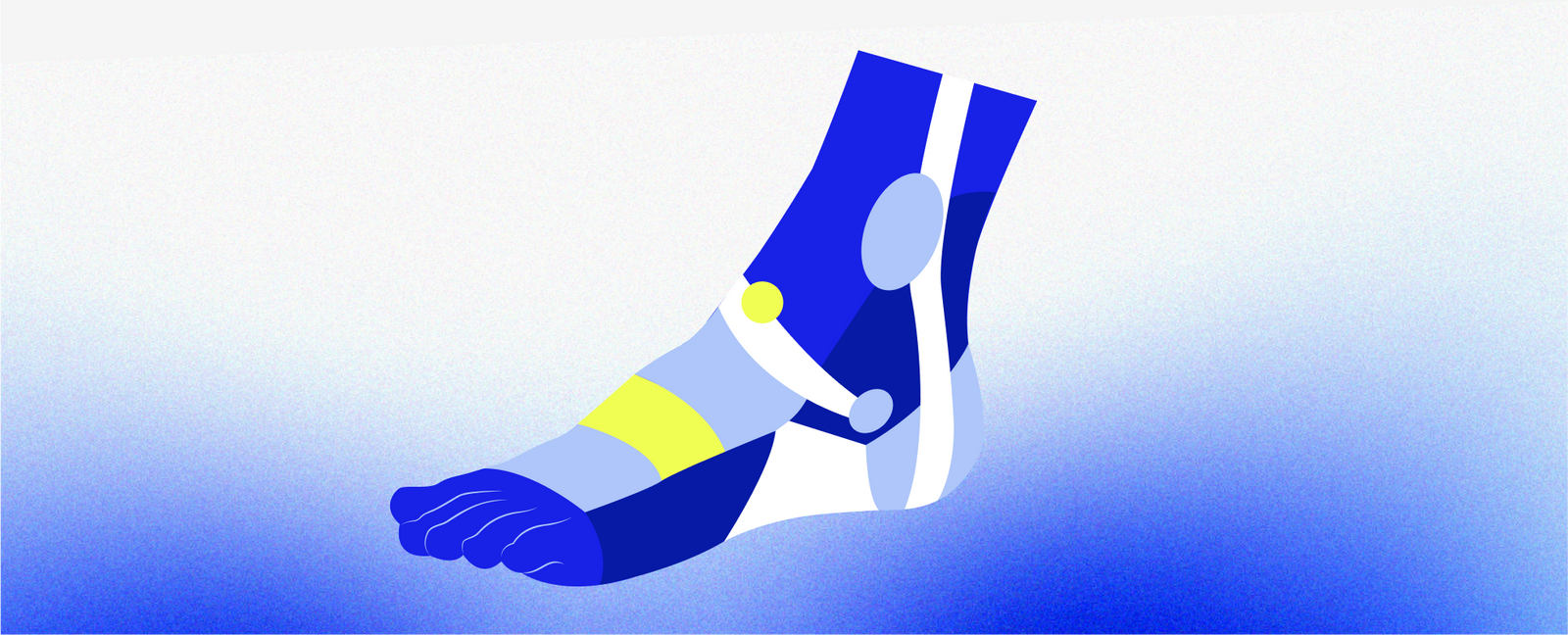
Foot reflexology is a practice rooted in ancient traditions, emphasizing the connection between specific areas of the feet and the health of various parts of the body. The technique involves applying pressure to certain zones on the feet to stimulate energy pathways, promote relaxation, and improve overall health. Complementing this practice with modern solutions such as VALSOLE insoles can amplify these benefits by ensuring proper foot alignment, reducing strain, and enhancing comfort during everyday activities. This article explores how foot reflexology works, its benefits, and how supportive insoles like VALSOLE can contribute to foot and overall health.
What is Foot Reflexology?
Foot reflexology is based on the principle that the feet contain reflex points corresponding to specific organs, systems, and structures in the body. Practitioners believe that stimulating these points promotes healing and balance by releasing blocked energy pathways (Healthline, n.d.). For instance, zones in the toes are thought to relate to the head and neck, while the arch may represent the spine.
Studies suggest that reflexology may reduce stress, enhance circulation, and alleviate certain types of pain (Wang et al., 2008). Although reflexology should not replace medical treatments, it can be a valuable complementary therapy, particularly for stress-related ailments and minor discomforts.
Reflex Zones of the Foot
The foot can be divided into several reflex zones, each linked to different body parts. Below is a breakdown of these zones and their connections, along with how VALSOLE insoles can support these areas:
Toes: The toes are thought to correspond to the head, neck, and sinuses. Reflexology practitioners often massage these areas to relieve headaches or sinus discomfort. Valsole insoles provide cushioning in the toe area, which can help reduce fatigue and protect sensitive regions during daily activities.
Arch: The arch of the foot is associated with the spine and various internal organs. Arch support is critical for maintaining posture and preventing overpronation. Valsole insoles are designed with ergonomic arch support to align the spine, reduce strain, and enhance comfort.
Heel: Reflexology connects the heel with the lower back and sciatic nerve. Prolonged standing or walking can cause stress in this area, leading to discomfort or pain. The shock-absorbing features of Valsole insoles alleviate pressure on the heel, promoting better foot health.
Ball of the Foot: This area is linked to the chest and lungs in reflexology. Providing cushioning to the ball of the foot is essential for activities such as walking, running, or standing for extended periods. Valsole insoles deliver this support, helping to distribute pressure evenly.
Scientific Insights into Reflexology
While reflexology is often considered a complementary practice, research has begun to validate its benefits. A systematic review found that reflexology might help alleviate pain and improve quality of life in individuals with chronic conditions (Wang et al., 2008). Additionally, reflexology has been linked to stress reduction, as it activates the parasympathetic nervous system, which is responsible for relaxation and recovery (McCullough et al., 2014).
Although the mechanisms remain under investigation, reflexology’s potential to improve blood flow and reduce muscle tension may contribute to its effectiveness. These benefits align well with the use of insoles like VALSOLE, which offer structural support and comfort, further reducing physical strain on the feet.
Exploring the Mind-Body Connection in Reflexology
Foot reflexology is more than just a localized treatment for the feet; it is often viewed as a gateway to improving the body’s overall harmony and balance. Advocates of reflexology believe in a profound mind-body connection, where the stimulation of specific reflex points in the feet can influence mental clarity, emotional stability, and physical well-being. Understanding this interplay can shed light on why incorporating reflexology into daily routines, alongside products like VALSOLE insoles, can offer a more comprehensive approach to health.
The concept of the mind-body connection in reflexology is based on the idea that certain areas of the feet correspond to emotional states or mental processes. For instance, the center of the arch is thought to relate to the solar plexus, which is associated with stress and emotional tension. By applying pressure to this point, practitioners aim to release stored tension, helping the individual feel more relaxed and emotionally balanced. Adding VALSOLE insoles, which provide support to the arch, ensures that this area is not only therapeutically stimulated but also physically supported throughout the day.
Furthermore, the toes, often linked to the head and brain in reflexology charts, play a symbolic role in cognitive function and mental clarity. Reflexologists often target these areas during sessions to help alleviate headaches or improve focus. While the direct effects are still a topic of scientific inquiry, many individuals report feeling a sense of mental rejuvenation after reflexology sessions. VALSOLE insoles, by cushioning and aligning the toes, can enhance the comfort and efficacy of these treatments, ensuring the feet are not strained while promoting better foot health.
Another important aspect of the mind-body connection in reflexology involves the integration of breathwork and relaxation techniques during sessions. Reflexology often complements other holistic practices such as meditation or yoga, which focus on mindful breathing. Stimulating reflex points tied to the lungs or diaphragm while using Valsole insoles to support the natural shape of the foot can deepen relaxation and amplify the benefits of these practices.
From a physiological perspective, the stimulation of reflex points has been shown to activate the parasympathetic nervous system, which is responsible for the body’s “rest and digest” functions. This activation can lower heart rate, reduce cortisol levels, and promote a sense of calm (McCullough et al., 2014). When paired with the physical support provided by VALSOLE insoles, the entire experience becomes more grounded and effective. The insoles’ shock-absorbing properties further contribute to this calming effect by reducing the physical strain caused by prolonged standing or walking.
For individuals dealing with chronic stress or fatigue, reflexology offers an opportunity to address these issues holistically. Targeting reflex points tied to the adrenal glands, for example, can help mitigate the effects of stress on the body. VALSOLE insoles, by evenly distributing pressure across the feet, ensure that these sensitive areas are supported rather than overburdened. Together, reflexology and quality insoles like VALSOLE can create a nurturing environment for both the mind and body, enhancing the body’s natural resilience against stressors.
Incorporating reflexology into a daily routine does not have to be complicated. A brief self-massage targeting reflex points for five to ten minutes can complement the benefits of wearing VALSOLE insoles. During moments of rest, using a reflexology ball or roller to stimulate key zones can further reinforce the therapeutic effects. When combined with the structural support of VALSOLE insoles, these practices create a holistic approach to managing stress, improving posture, and fostering overall well-being.
The Role of VALSOLE Insoles in Foot Health
Supportive insoles play a crucial role in maintaining foot health by improving alignment, distributing pressure evenly, and absorbing shock. VALSOLE insoles are crafted to enhance comfort and reduce foot fatigue, which complements the principles of reflexology. Key features of VALSOLE insoles include:
-
Ergonomic Design: These insoles are designed to fit the natural contours of the foot, providing optimal support for the arch, heel, and forefoot.
-
Shock Absorption: By cushioning each step, VALSOLE insoles reduce the impact on the feet, which is especially beneficial for individuals who are on their feet for long periods.
-
Durability: Made from high-quality materials, these insoles are long-lasting and provide consistent support.
-
Breathability: The breathable design of VALSOLE insoles keeps feet cool and dry, enhancing comfort throughout the day.
Reflexology Meets Modern Support
Combining reflexology with supportive insoles like VALSOLE can provide a dual approach to improving foot health and overall well-being. Reflexology stimulates specific points to promote relaxation and energy flow, while VALSOLE insoles offer the physical support needed to maintain proper alignment and reduce strain. Together, these approaches can lead to a range of benefits:
-
Improved Circulation: Reflexology encourages blood flow through targeted stimulation, while Valsole insoles support natural foot movements that enhance circulation.
-
Stress Reduction: Reflexology's relaxing effects are enhanced when the feet are cushioned and supported by insoles, making it easier to release tension during daily activities.
-
Enhanced Posture and Alignment: Reflexology can balance the body's energy, and VALSOLE insoles provide the structural alignment needed to support proper posture.
-
Long-Term Foot Health: Wearing supportive insoles reduces the risk of developing conditions like plantar fasciitis, bunions, or heel spurs. Combined with reflexology, this ensures both short-term comfort and long-term foot health.
How to Integrate Reflexology with VALSOLE Insoles
For those looking to incorporate reflexology and VALSOLE insoles into their routine, here are some tips:
-
Daily Foot Care: Begin or end your day with a reflexology massage to stimulate key zones on your feet. Afterward, wear your VALSOLE insoles to provide ongoing support as you move through your day.
-
Exercise and Movement: When engaging in physical activities, use VALSOLE insoles to cushion your feet and improve alignment. Focus on applying gentle pressure to reflex zones during stretches or light exercises.
-
Consistency is Key: Regularly practicing reflexology and wearing Valsole insoles can lead to noticeable improvements in foot health, posture, and overall comfort.
Evidence-Based Benefits of Reflexology and Insoles
Scientific studies continue to explore the benefits of reflexology and its compatibility with supportive devices like insoles. Research suggests that reflexology may reduce symptoms of stress and fatigue, particularly in individuals with physically demanding lifestyles (Kim et al., 2015). Meanwhile, insoles have been shown to alleviate pressure on key foot areas, enhancing comfort and preventing injuries (Barnett et al., 2017).
These findings highlight the potential synergy between reflexology and insoles. By combining these approaches, individuals can address both physical and energetic imbalances, leading to better health outcomes.
Foot reflexology offers a natural and holistic approach to improving health by targeting specific zones on the feet. When paired with modern innovations like VALSOLE insoles, the benefits of reflexology can be amplified. Reflexology stimulates energy pathways, reduces stress, and improves circulation, while Valsole insoles provide essential structural support and cushioning. Together, they offer a comprehensive solution for foot health and overall well-being. Embrace the combined power of reflexology and Valsole insoles to experience enhanced comfort, balance, and vitality in every step.
References
-
Barnett, S., Synthesis, R., & Lythgoe, J. (2017). Footwear and insoles for foot pain. Journal of Clinical Biomechanics, 48(4), 29–36.
-
Healthline. (n.d.). Foot reflexology chart. Retrieved from https://www.healthline.com/health/foot-reflexology-chart
-
Kim, J. H., Kim, Y., & Lee, H. J. (2015). The effects of reflexology on foot health and stress reduction. International Journal of Nursing Studies, 52(5), 833–841.
-
McCullough, M., Liddle, S., & Sinclair, M. (2014). Reflexology for stress reduction: Mechanisms and outcomes. Complementary Therapies in Medicine, 22(3), 505–512.
-
Wang, M. Y., Tsai, P. S., Lee, P. H., & Chang, W. Y. (2008). The efficacy of reflexology: A systematic review. Journal of Advanced Nursing, 62(5), 512–520.

